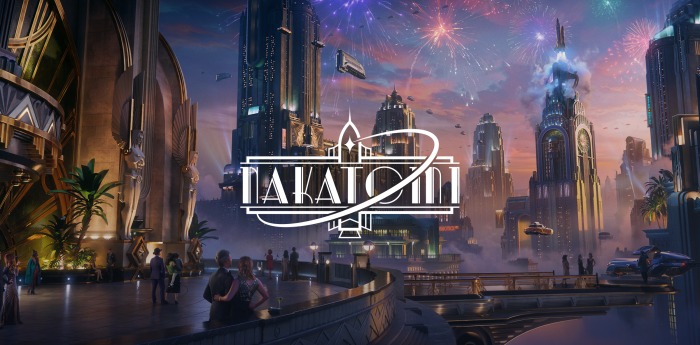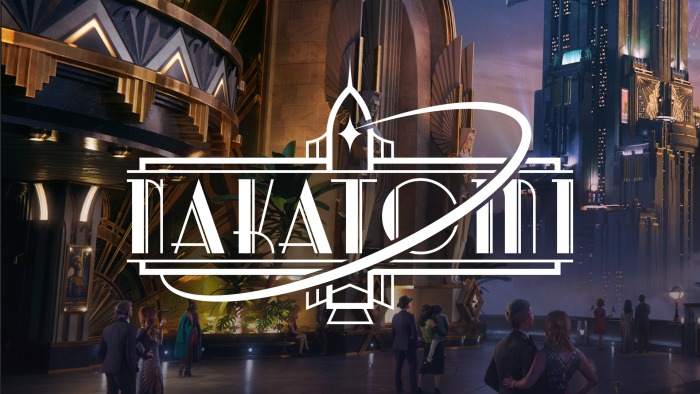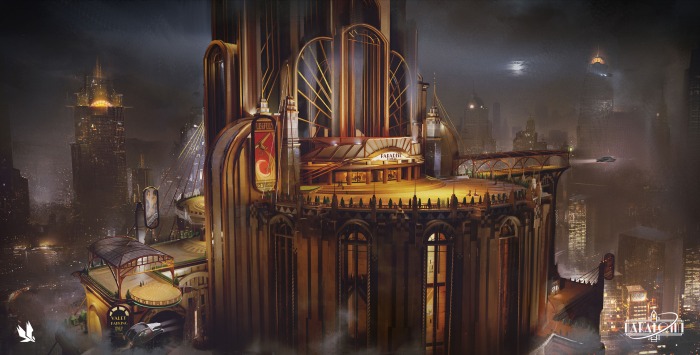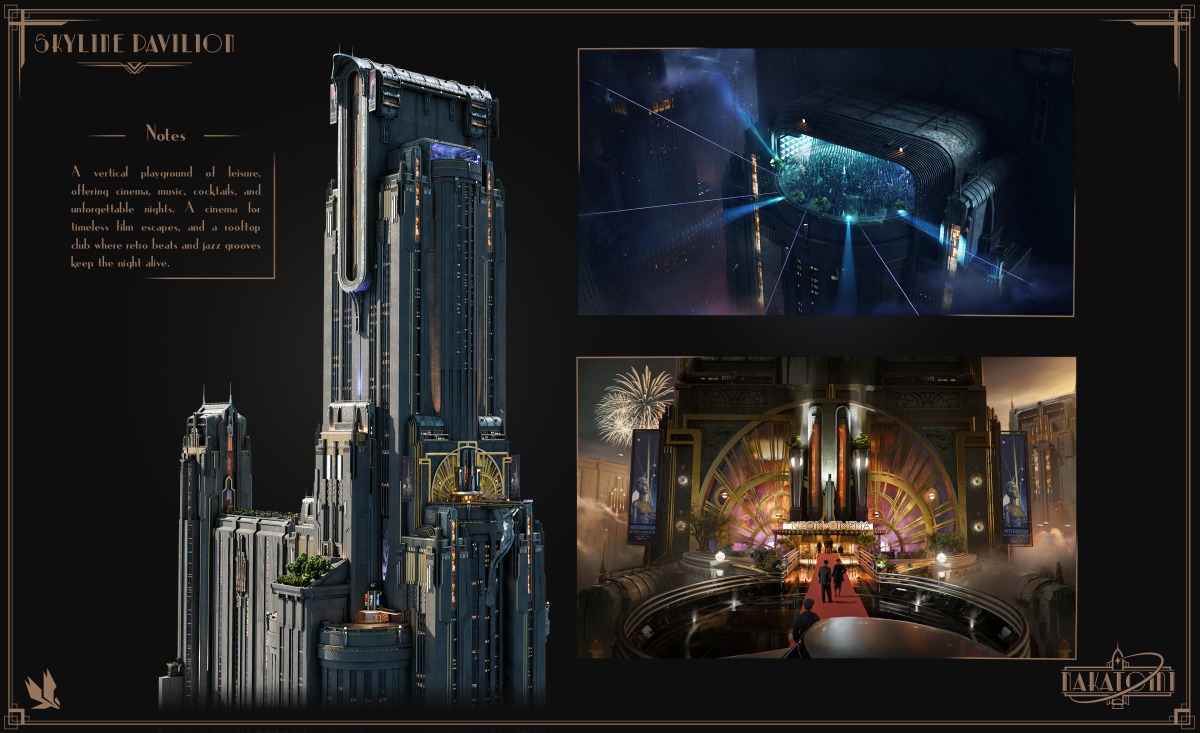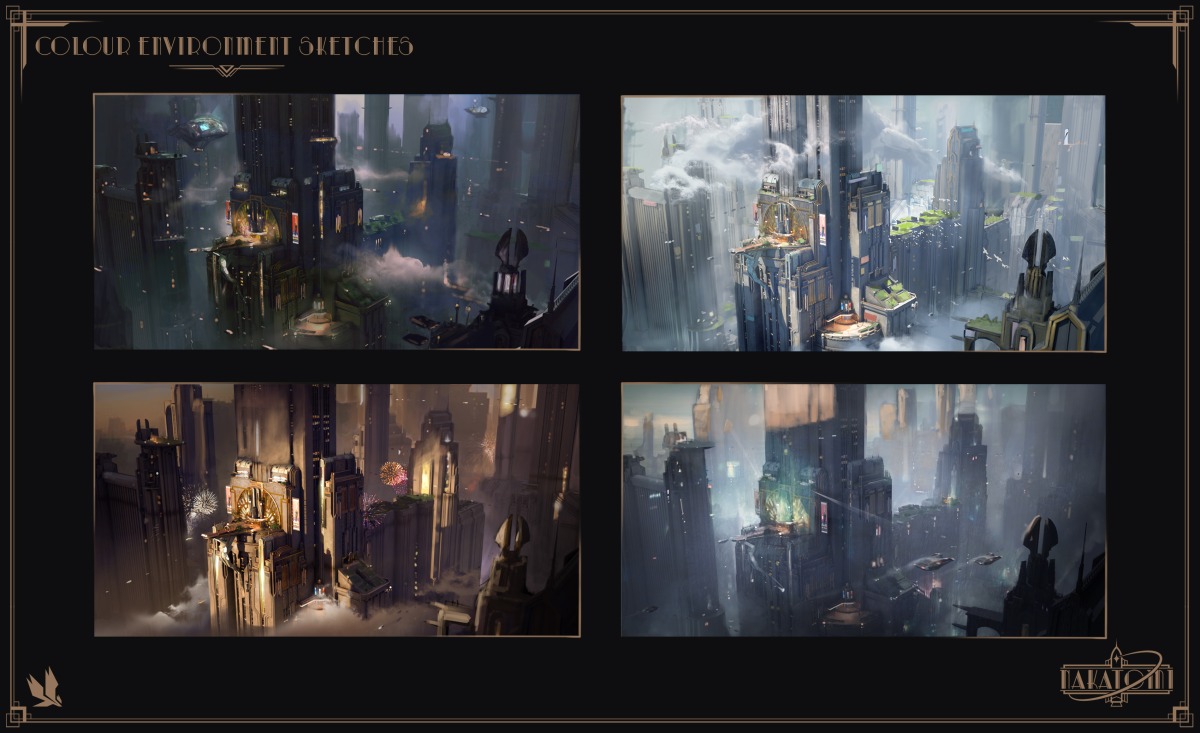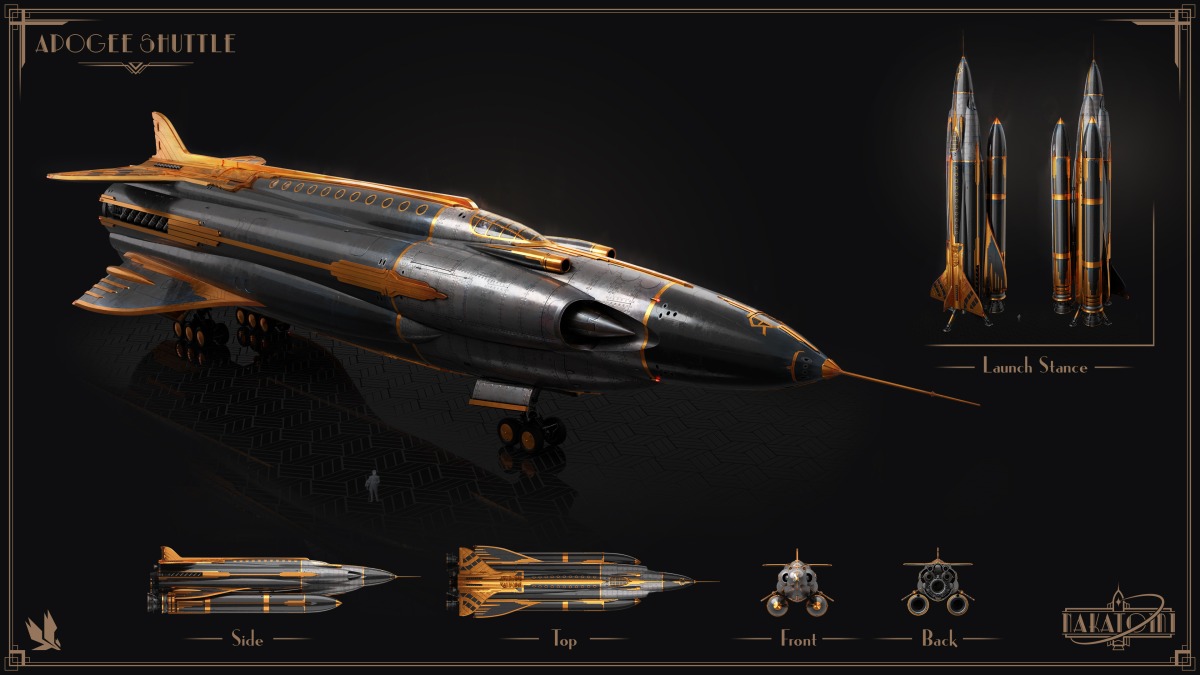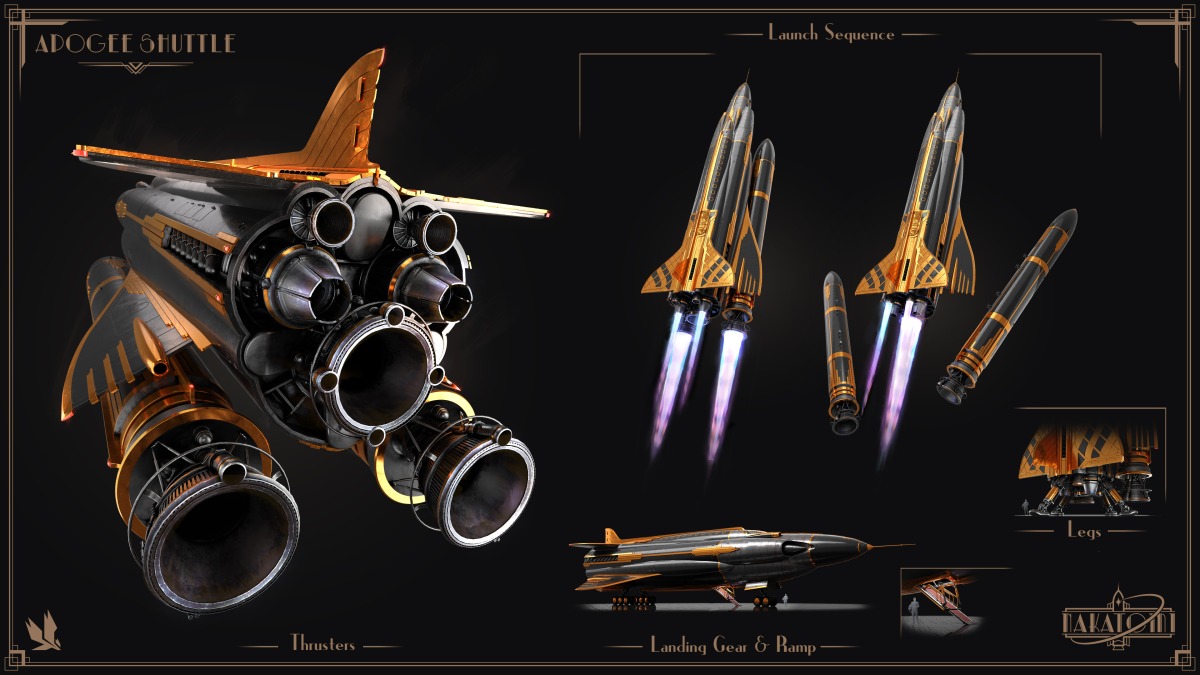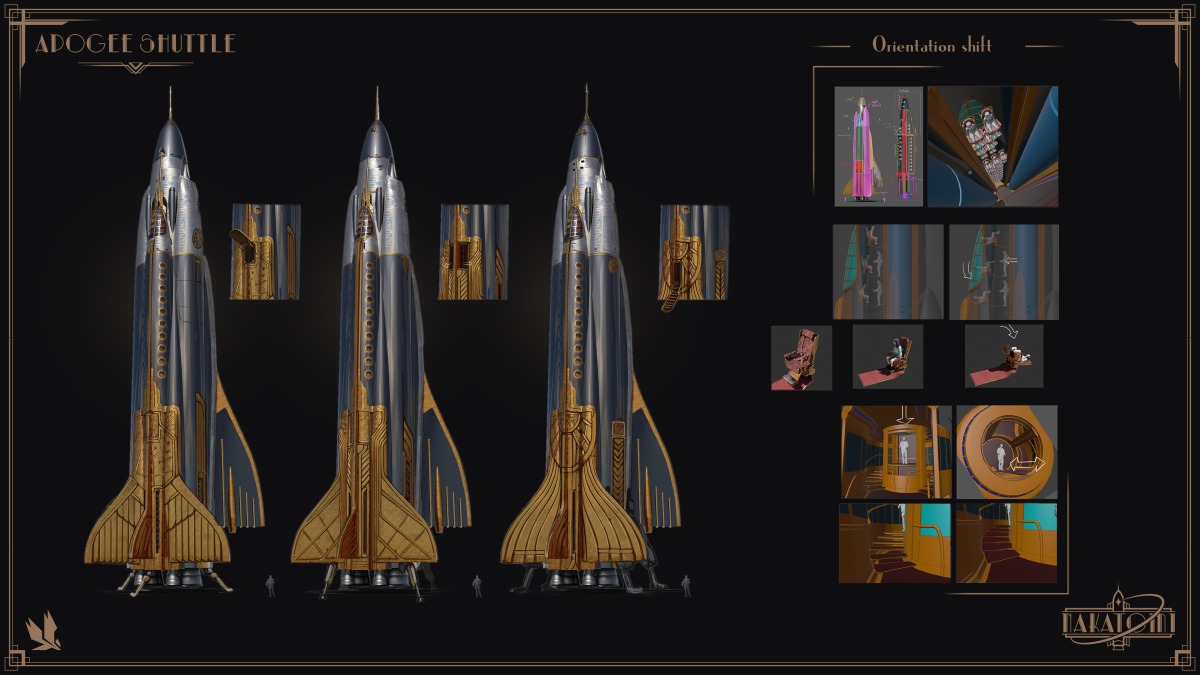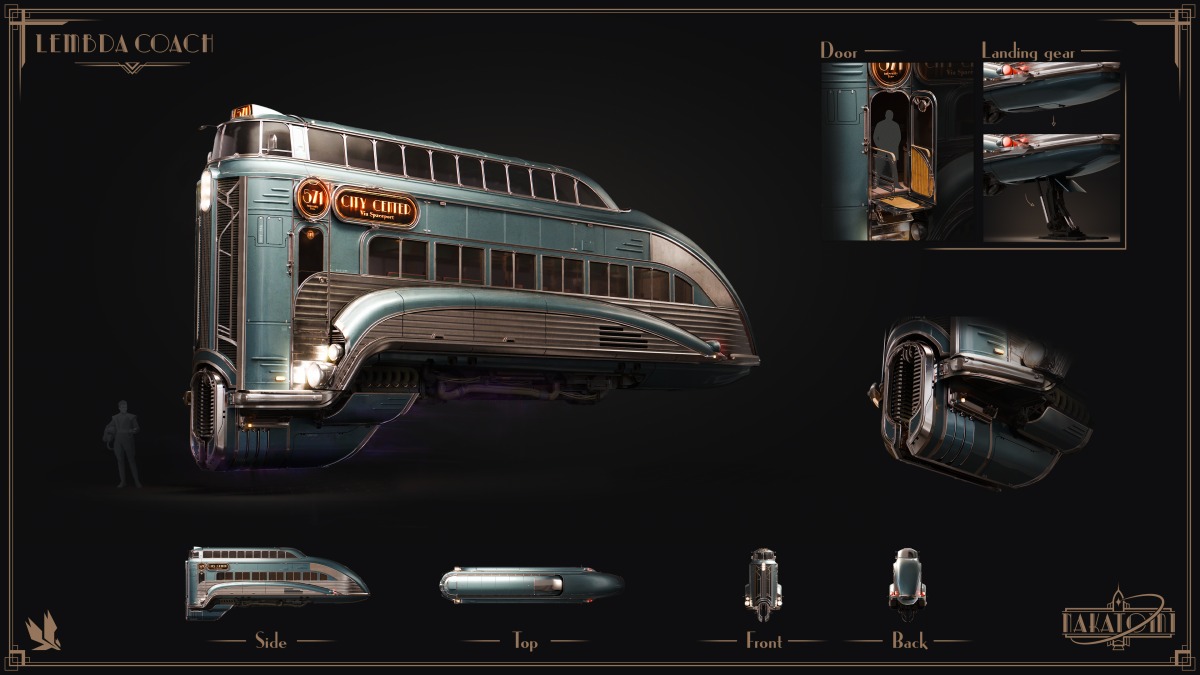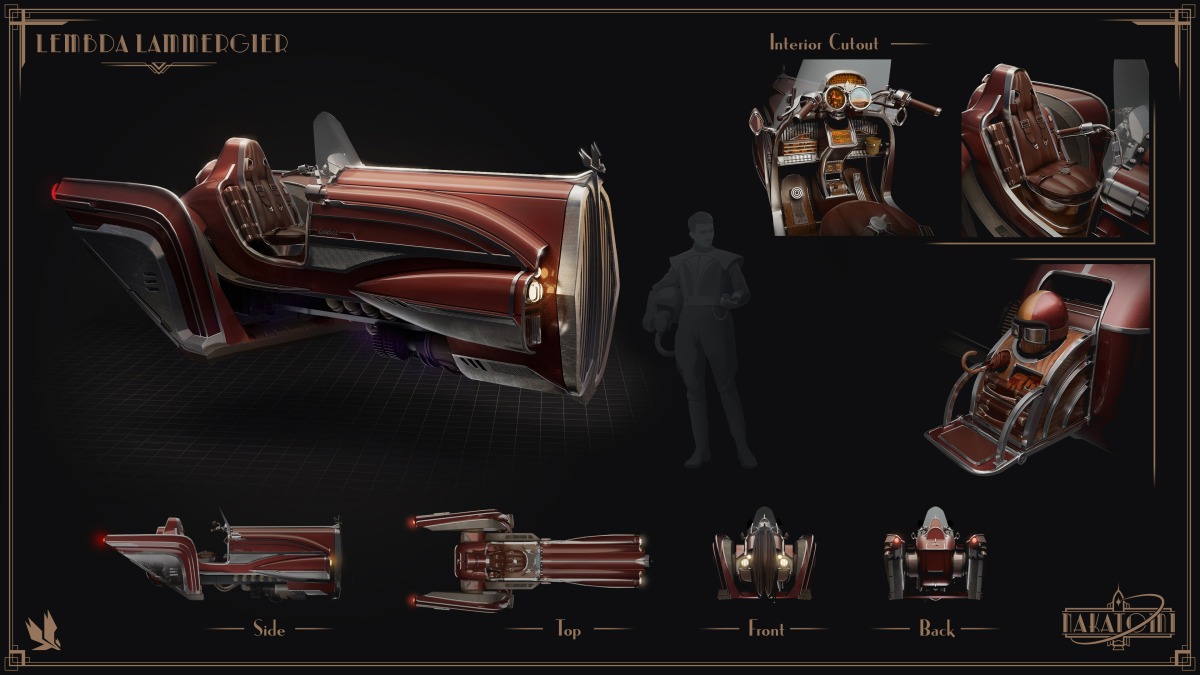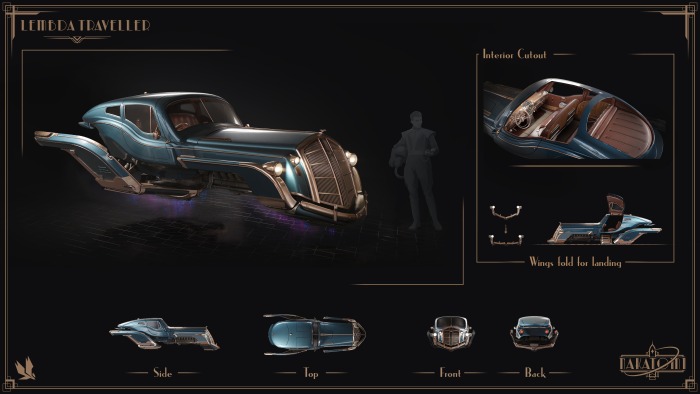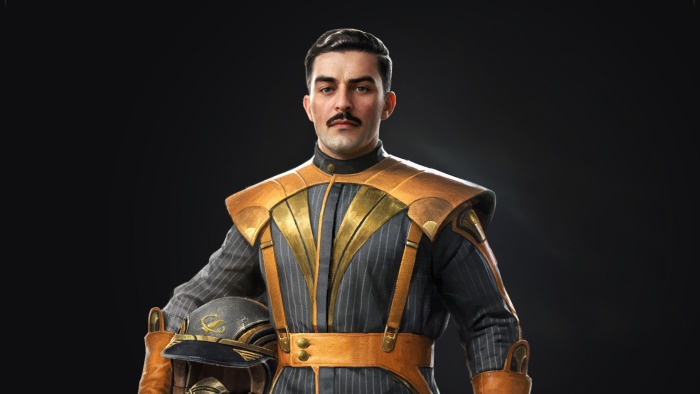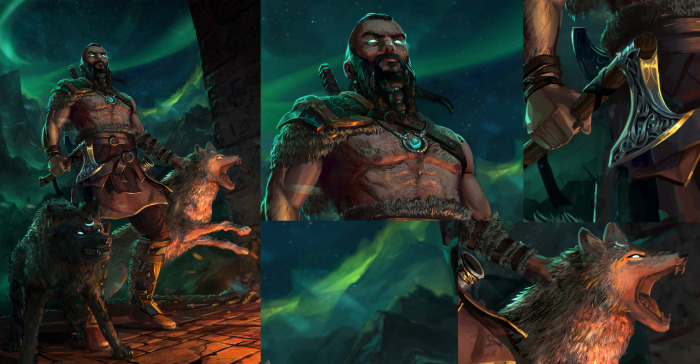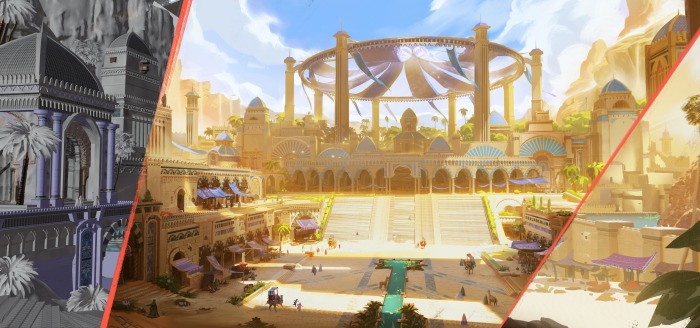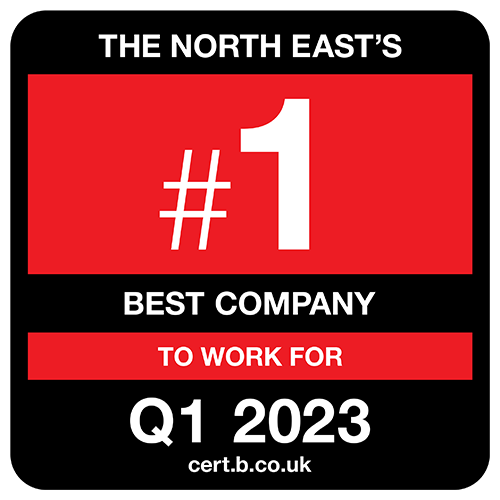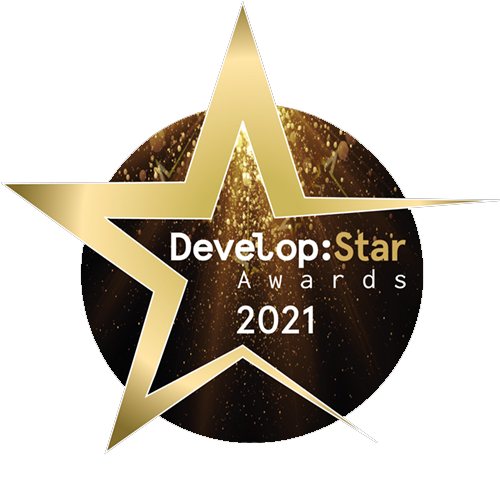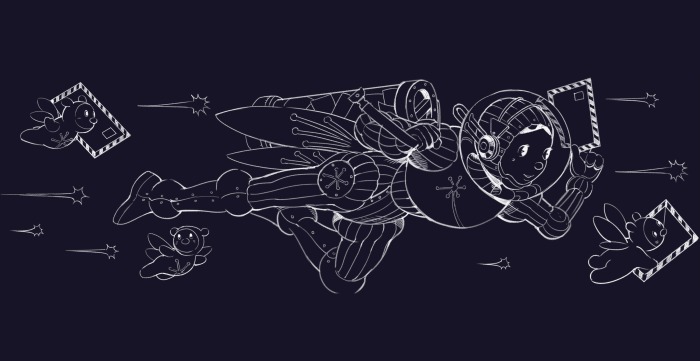Game worlds need to be believable. Whether realistic or magical, fantasy, sci-fi or contemporary, what players want are worlds they can lose themselves in.
We have collaborated with ArtStation to bring a brand-new Art Blast to the community. Nakatomi goes hand in hand with Rainfall; two Research & Development projects developed in parallel within a shared universe. Two projects that build worlds which can be translated into Unreal Engine 5.
Our main R&D goal is to use technology to explore the possibilities of concepting directly in game engines and finding the best and most efficient way of doing this. By utilising UE5 and Blender for quicker iteration, greater variety and the ability to scale up the volume of work, we have the immediate ability to immerse ourselves into game worlds, even during the early stages of development. We call this: Concept 2.0.
Find out more about Concept 2.0 and the capabilities of our team through the Nakatomi story.
